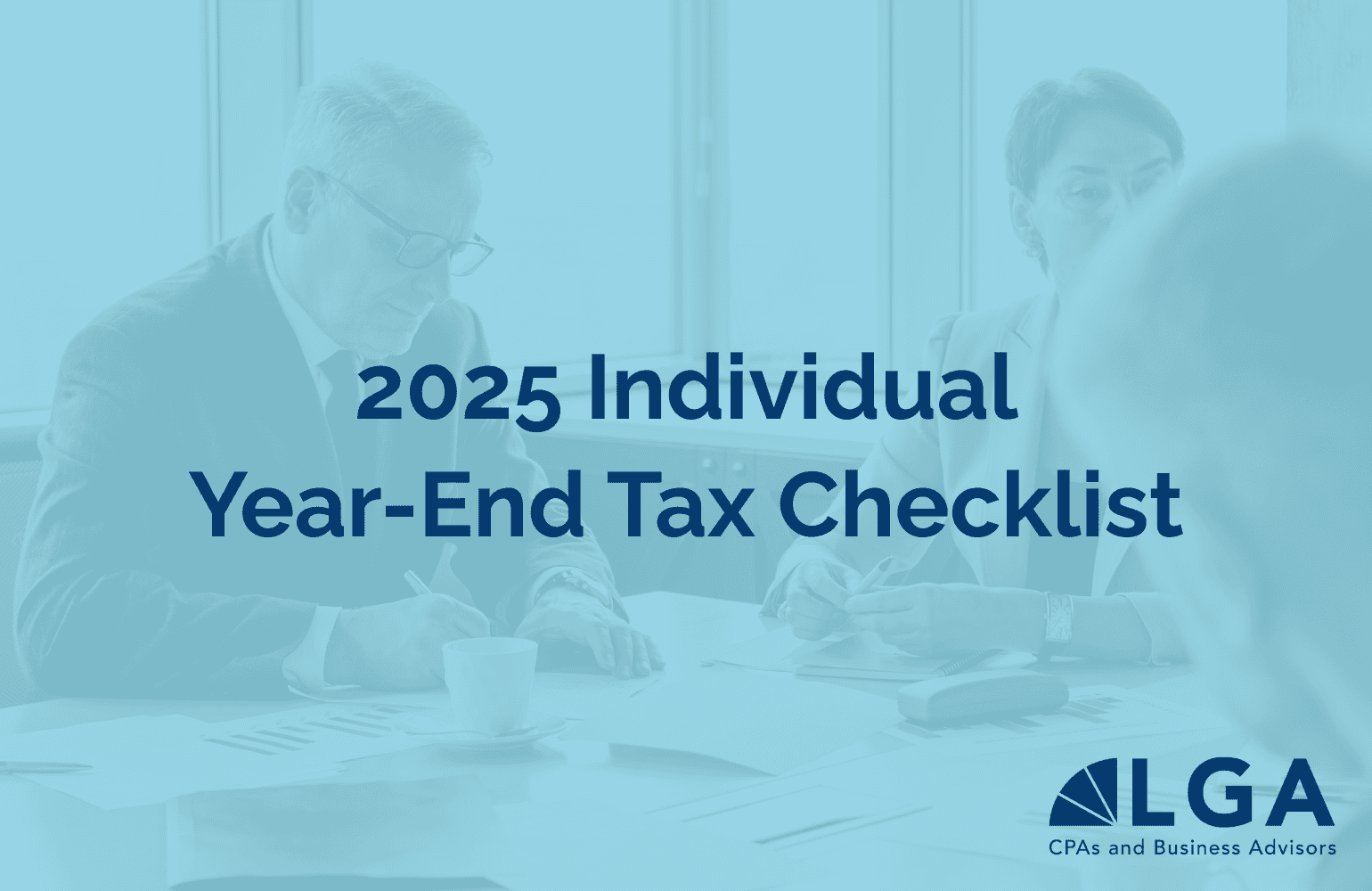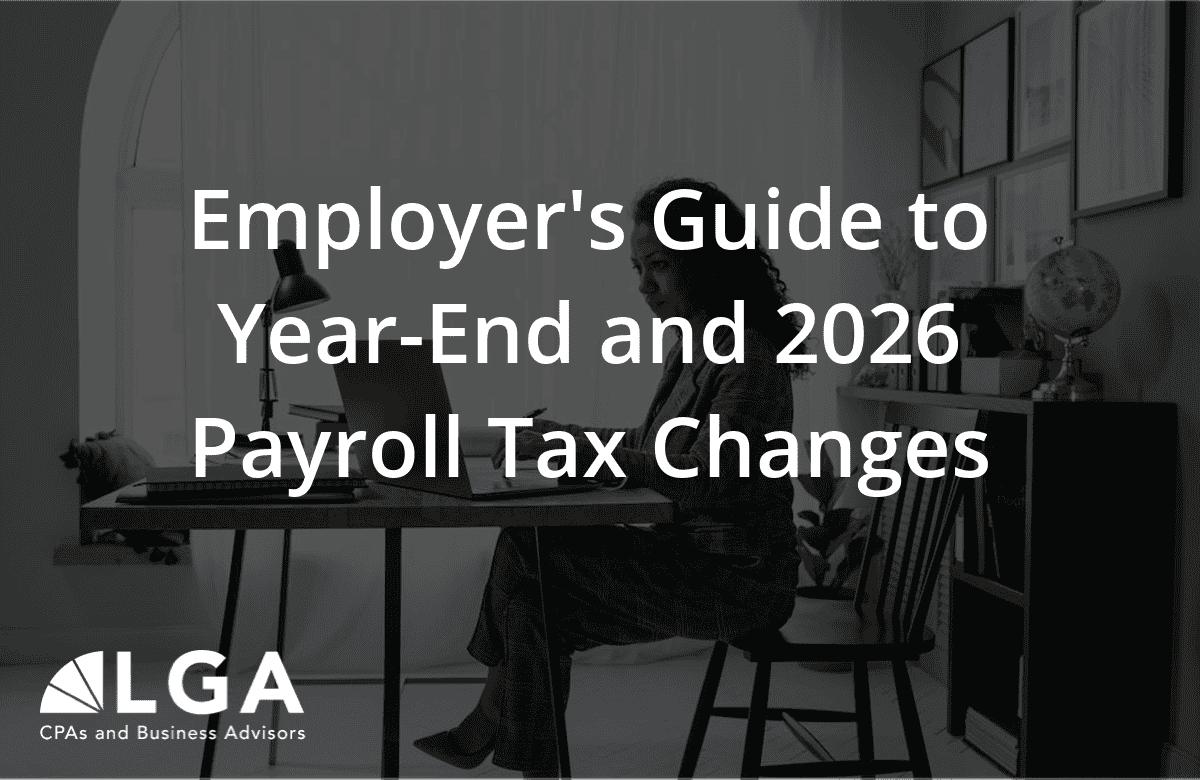
If you work for an employer that withholds the appropriate federal, state, and local taxes for you from your income, estimated tax payments may not be something you think about. However, if you start a side business or have additional income this year that does not withhold taxes, or owed $1,000 or more on your 2021 taxes, you may be subject to paying estimated taxes in 2022.
Learn more about estimated taxes in this article.
Who is subject to estimated tax and why?
Whether you are a US citizen or resident alien, you are subject to federal income tax on income earned or received throughout the year. To meet your federal tax obligations and avoid underpayment penalties, individual taxpayers must pay at least 90% of the tax shown on the 2022 tax returns. To avoid federal underpayment penalties, taxpayers must submit these payments on time, even if they expect a refund when they file their next income tax return.
Individual taxpayers, including partnership partners, S corporation shareholders, and those who are self-employed sole proprietors are generally required to make quarterly estimated tax payments if, after withholding and credits, they intend to owe $1,000 or more in taxes on the income they will earn and receive for the year. Income received (as opposed to earned) may include alimony, unemployment compensation, interest or dividends earned, capital gains, or prizes and awards.
In general, individuals would need to make estimated tax payments if the taxpayer expects their withholding and credits for 2022 to equal less than the smaller of:
- 90% of federal tax to be shown on the 2022 return
- 100% of the federal tax shown on the 2021 tax return (or 110% if the 2021 adjusted gross income was in excess of $150,000 for MFJ). The 2021 tax return must cover 12 months.
Most taxpayers are also subject to state taxation, and some are subject to levies on income at the local level. The requirements vary considerably across jurisdictions.
In Massachusetts, taxpayers are required to make estimated payments if, after subtracting withholding and credits, they expect their tax due to be more than $400. For 2022, in general, taxpayers need to pay the smaller of:
- 80% of the income tax to be shown on the 2022 MA tax return
- 100% of MA tax shown on the 2021 tax return
When are estimated tax payments due?
Income tax is collected on a pay-as-you-go basis for individuals, meaning individuals must make estimated tax payments in installments across four quarters.
For the 2022 tax year, estimated tax payments for individuals are due as follows:
| First Quarter | April 18, 2022 |
| Second Quarter | June 15, 2022 |
| Third Quarter | September 15, 2022 |
| Fourth Quarter | January 17, 2023 |
How do you make estimated tax payments?
If you are not required to make electronic payments, you may choose to paper-file your estimated taxes by following the payment and mailing instructions on the applicable estimated tax voucher. However, if you are required to make electronic payments and do not comply, you may incur fees or penalties.
Individuals may make up to 2 estimated tax payments per 24-hour period using the IRS’s Direct Pay system, provided the payment is less than $10 million. Direct Pay is available Monday to Saturday from 12:00 a.m. to 11:45 p.m. ET and on Sundays from 7 a.m. to 11:45 p.m. ET.
Individuals may also use the IRS’s Electronic Federal Tax Payment System (EFTPS), which is also the designated electronic payment method for entities who are either required to or wish to make electronic payments. To ensure the payment is timely, make sure you make payments before 8 p.m. EST the day before they are due. To ensure payments are applied correctly, take care in choosing the correct tax form, tax type, and year. Prior EFTPS registration is required.
Payment and filing requirements differ by jurisdiction. Taxpayers in Massachusetts who choose not to remit estimated taxes by mail, can remit electronically on MassTaxConnect.
More to consider…
The information above covers the basics of estimated tax payments, but there are always exceptions to the rule. For example, the alternative minimum tax (AMT) and whether you employ household employees can affect your estimated tax liability as an individual.
New and modified tax credits and other tax-savings opportunities provided by federal, state, and local governments for pandemic-related economic recovery may affect your 2022 estimated tax liability. Affluent individuals have to consider other matters, such as the Net Investment Income Tax and Medicare tax.
Your personal tax liability ultimately depends on your specific circumstances, but LGA’s Individual Tax Team is here to help!
Contact LGA
My team at LGA works with individuals, families, and fiduciaries year-round to ensure timely tax filings and payments and compliant reporting, including estimated income tax. I help individuals and fiduciaries calculate their estimated income taxes in a way that’s best suited to the specifics of your situation, whether that’s based on 2021 income or a more complex picture that includes 2022 projections. Contact me today to learn more.
by Marci Cohen, EA






